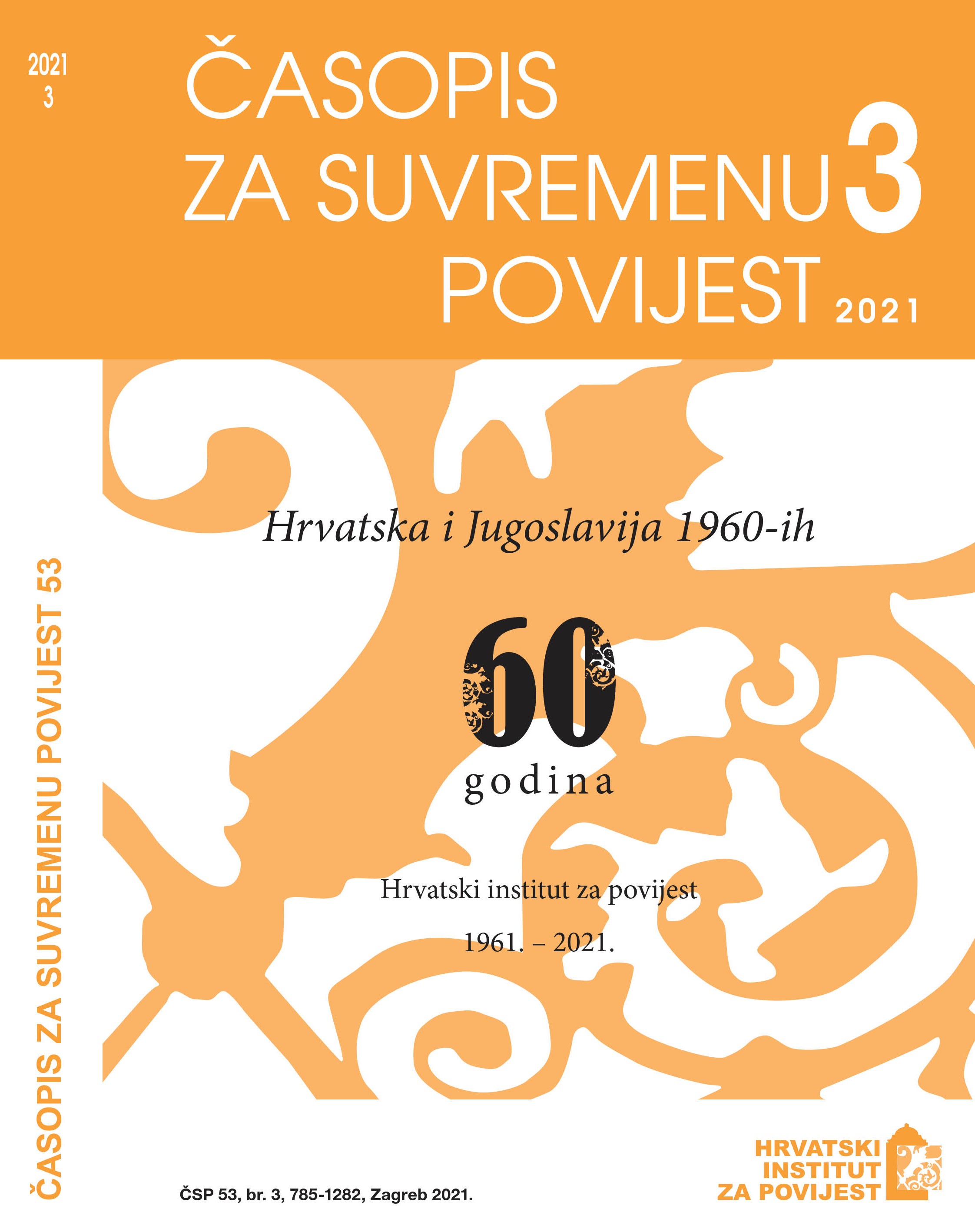The Conception of Total People’s Defence and Social Self-Protection: The Militarism of Self-Governing Socialism
DOI:
https://doi.org/10.22586/csp.v53i3.18265Keywords:
Yugoslavia; Croatia; League of Communists; defence; security; militarismAbstract
The conception of total people’s defence and social self-protection, as the Yugoslav defence-protection system was called, began to be implemented after the Warsaw Pact countries’ invasion of Czechoslovakia in August 1968. Yugoslav communists believed that this sudden and successful aggression could be effectively opposed only through the organised engagement of all available societal potentials, based on its revolutionary experience and reflections on Marxist classics regarding arming the populace. This was the beginning of a conception of defence that visibly burdened the society, increased the already large military budget, and prompted the militarisation of society. Although the security of society, called social self-protection, was discussed at the same time as defence, the true impetus for its theoretical and practical formation was the infiltration of the paramilitary cell Feniks (Phoenix) into Yugoslavia in summer 1972. In contrast to total people’s defence, whose implementation was considered successful, the implementation of social self-protection ran into numerous problems because security was from 1945 to 1966 exclusively the responsibility of the security service, and therefore difficult to accept in other social structures. For this reason, on several occasions the League of Communists initiated its acceptance on all levels of organisation in party and social-political structures. A relatively efficient fusion of these two protective complexes was achieved only in 1979, after the founding of committees for total people’s defence and social self-protection, which were supposed to secure the leading role of the League of Communists of Yugoslavia in the defence-security system.
Downloads
Published
Issue
Section
License
Copyright (c) 2021 authors and journal

This work is licensed under a Creative Commons Attribution-NonCommercial 4.0 International License.
Copyright holders are the publisher Croatian Institute of History and the authors. Journal of Contemporary History is an Open Access journal. Users are allowed to read, download, copy, redistribute, print, search and link to material, and alter, transform, or build upon the material, or use them for any other lawful purpose as long as they attribute the source in an appropriate manner according to the Creative Commons licence CC BY-NC. The papers published in Journal of Contemporary History can be deposited and self-archived in the institutional and thematic repositories providing the link to the journal's web pages and HRČAK. Journal does not charge article processing charges (APC). The editors assume no responsibility for statements of fact or opinion made by contributors.




